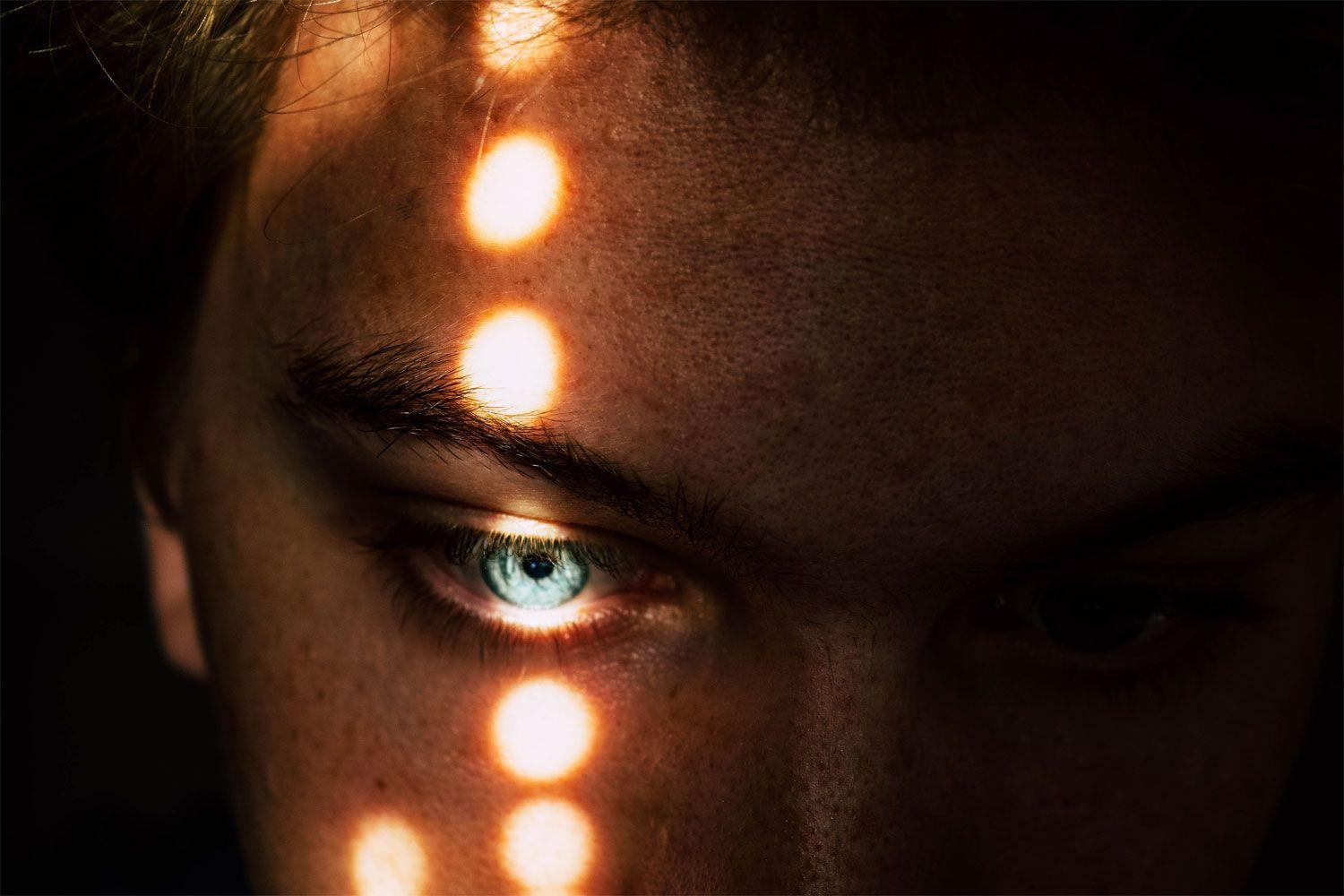News >

OMG’s Pamela Marsh Shares Her Thoughts on Leveraging Biometric Tech with Adweek
This article was originally published by Adweek
When it comes to understanding how exactly people browse the web, the eyes don’t lie.
At least that’s the premise of an increasingly popular practice among web designers and advertisers: the use of biometric technology to track and test consumer’s eyes as they roam around a screen.
Proponents say these devices, which range from infrared sensors to headsets, can circumvent biases inherent to surveys and focus groups and capture nuances people don’t think to report. But some also claim expensive costs and overcomplicated systems are holding back adoption.
That’s why Swedish eye-tracking firm Tobii Pro released a web app this week designed to make its monitor attachment sensor much easier and more cost-effective for website designers to use. The device projects near-infrared light to trace the movement of a test subject’s eyes around a screen and display it on a remote computer in real-time. It’s marketed to brands as a way to fine-tune their online experiences by pinpointing user stumbling blocks and providing more context for surveys and focus groups.
“The value here is that we’re able to quickly and efficiently deliver eye-tracking qualitative insights for usability researchers that may not be using eye-tracking, aren’t familiar with eye-tracking, may have wanted to do eye-tracking in the past but it was too time-consuming or too expensive,” said Tobii marketing manager Joe Goldberg.
Tobii employs a range of more intensive hardware like virtual reality headsets and electrode armbands with robust software packages to match. But its latest offering, called Sprint, strips the tech down to its essentials—participants need only a thin bar device that attaches to the bottom of their screen and internet access.
The company says the official customers for the new app include the Swedish bank Avanza, an IT management service called Knowit and a consultancy called Claremont. H&M also said in a statement accompanying the announcement that Tobii plays a key role in its web design process.
“Sharing the objective insights in session recordings allows us to quickly convince team members and stakeholders of needed design decisions that have previously been challenging to prove,” said Liang Hiah, UX lead, H&M.
A typical session with the technology usually involves a moderator guiding the test subject through various actions on a web page, perhaps asking questions along the way to better understand why they are looking at a particular part of the screen.
Goldberg said the eye-tracking element can catch nuances about the user experience that more traditional surveys miss. For instance, the client can tell whether a participant saw a button and chose not to interact with it, whereas without the tech, one might just assume that it went unnoticed.
“One issue with self-reporting is that a lot of times, users don’t really remember what they’ve done or they may not recall correctly what has happened in a session,” Goldberg said.
A recent report from the Market Research Engine projected the eye-tracking tech space to grow about 27 percent per year through 2022, at which point it will be worth around $1.4 billion. As data analysis and biometric measurement technology improves, companies are increasingly turning to tests like eye-tracking or brain electricity monitoring as a more objective gauge to either supplement or replace traditional focus groups.
Pamela Marsh, managing director of primary research at Omnicom Media Group, said eye-tracking and other biometric tools have played an increasingly important role in the design process for new ad formats as well as other consumer research functions within the agency.
“Biometric research was so meaningful that it’s actually driving change in how we’re advising clients to connect with consumers,” Marsh said. “Before this, we could’ve deduced insights or come up with implications based on other data. But then all of a sudden, when we were able to utilize different biometric measures, we were like, ‘wow this is truly what people are thinking or doing.’”


